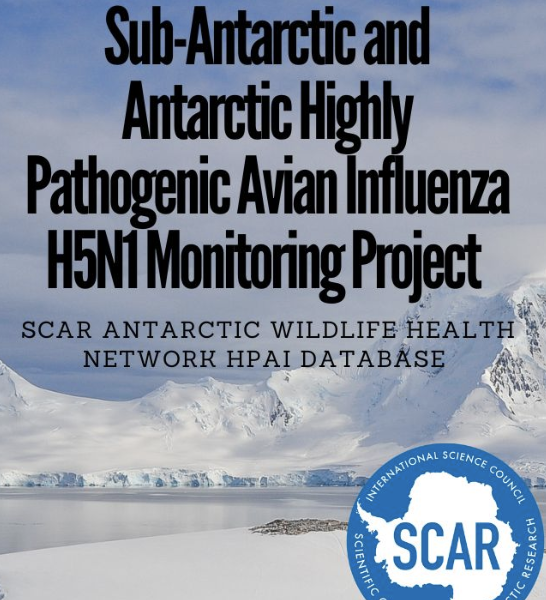Avian Influenza is a highly contagious viral disease, that comprises the avian strains of the influenza A virus, which comprises both low pathogenicity (little to no disease) and high pathogenicity strains (causes high levels of morbidity and mortality in poultry and wild birds). Since 2021, a highly pathogenicity strain of avian influenza known as HPAI H5N1 clade 2.3.4.4b has caused significant outbreaks, decimating wild birds in the UK, Europe, South Africa and the Americas, and pinnipeds in South America. Since this outbreak began, millions of seabirds and tens of thousands of pinnipeds have died globally due to the disease. Many seabird colonies have experience significant loses with up to 50-60% mortality rates (e.g., Great Skua and Gannets). Oceania (Australia, New Zealand) and Antarctica were the only continents free of the disease until the 23 October 2023, when the first case was confirmed via PCR test on Bird Island, in the sub-Antarctic.
Given the dense breeding colonies of wildlife in the Antarctic and sub-Antarctic regions, HPAI is expected to have devastating impacts on the wildlife and to lead to catastrophic breeding failure and mortality events in the region. Ongoing surveillance and monitoring of the situation are essential to monitor the spread of HPAI in the region but also to understand its impacts. To assist with monitoring the movement of HPAI throughout the sub-Antarctic and Antarctic regions but to also increase our understanding of its impacts on wildlife populations, the Antarctic Wildlife Health Network (AWHN) have established a central repository to record and monitor all suspected and confirmed HPAI outbreaks in the region.
